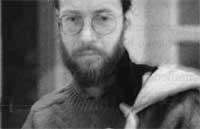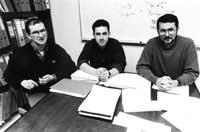Twenty years later... this
1995/01/01 Kaltzada, Pili - Elhuyar Zientziaren Komunikazioa Iturria: Elhuyar aldizkaria
For the first time this year the Scientific Outreach Awards have been organized on the initiative of Elhuyar. When we dare to summon new writers and researchers and dare to call as objectives that we considered socializing scientific knowledge. However, thinking that idea could be too ambitious, we began to seek help, because it is known that it has worked better than alone. Therefore, knowing that the support that would help channel the idea of Elhuyar was essential, we headed to the company CAF Beasain.
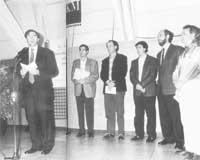
As in its professional activity, CAF has shown a high level attitude in the normalization of Basque. Always ready to help reconcile science and the Basque language, he laid the foundations to make Elhuyar's dream come true. From there we started working together.
Beginning to recognize the truth, we will say that we were afraid of the new challenge. The daring itself was a rather hard bet: What impact will it have? we stopped. As we arrived the works began to relax, because the response of the writers also exceeded our most optimistic forecasts: 26 articles and 4 books, most of them of great quality.
The jury met on 17 November. The choice of members was not easy. Science and technology, aware of the need to balance both areas, needed “stars” capable of knowing the basis of disclosure and setting cutting edge criteria. To say that we are proud of what we achieved does not make us hate the faces: researchers, journalists and renowned professors with experience of years, have valued the works and, after a long and dense debate, have decided who to give the prizes.
On December 1 we met in Donostia to inform you of all this. It was an unbeatable opportunity to see many old friends and to speak calmly of the path traveled during these years. Here we met the former partners and friends of the Elhuyar association, with the new partners to this project. We could see that the seed that he sowed 20 years ago continues to bear fruit. Because the future is being made grain.
All awarded
Once the papers presented to the Elhuyar-CAF Awards were analyzed, the jury members clearly saw that most of them were rewarding. The language used was easy to understand in most cases and, as we know, is an indispensable condition for disclosure. In addition, we wanted to reward the projection of the topic for the future and its link with the present; if we want it to be something in our environment, we believe that it is necessary for scientific dissemination to be embodied in these bases.
Best Articles
Third prize (25,000 pts.) Iban Zaldua González has been the winner of the “Reception of new technologies: Introduction to paper in Hego Euskal Herria (1755-1842)". According to the jury, analyzing the creation of the paper industry, the author proposes a better understanding of current economic and technological situations, based on the changes of the time.
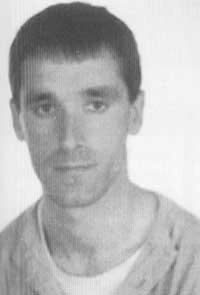
The young Miren Gotzone Barandika Argoitia, who presented her work "Microstructural design of ceramic and cermets for tool", obtained 50,000 pesetas, second prize at article level. In this case, the prize was due to the characteristics of the materials called composites and the possibility of facilitating their use. It was taken into account, moreover, that it is the result of the research carried out in the Basque Country itself and that, despite the difficulty of understanding the subject, it is carried out in an informative way.
Because, from a broad and historical perspective, it comes to the formal treatment of science. Because it has demonstrated an advanced scientific level and projection. And finally, because it is a direct and precise indicator of the science that is done in Euskal Herria. In fact, one of the first most important research on the synthesis of Taxol has been carried out at the UPV/EHU and this is associated with the work that obtained the first prize at the article level: "Taxol: example of two faces of nature". The author of the same, José Javier Gracenea Zapirain, was granted a "help" of 100,000 ptas. to continue working along the described path.
Paper books
José Antonio Legarreta Iztueta's book, entitled "Subjects and components thereof", obtained an accessit of 50,000 pesetas for a well-endowed study and an informative study of the components of the matter. The winner himself recognized that it was not an easy task: his goal was, from the most ingenious theories to the most complex particles, to alleviate a subject that could be heavy. According to the jury, he has achieved it masterfully.
The best work presented at the book level was the entitled "Ugal Strategy: Sex in the Evolutionary Game". The members of the jury unanimously decided to reward the effort of the young Arturo Elosegi, a background theme that may be of interest to all. Despite its easy understanding, because it can also satisfy the curiosity of the most cutting-edge researchers and because the writer has combined his contributions with the first prize of 600,000 pesetas.
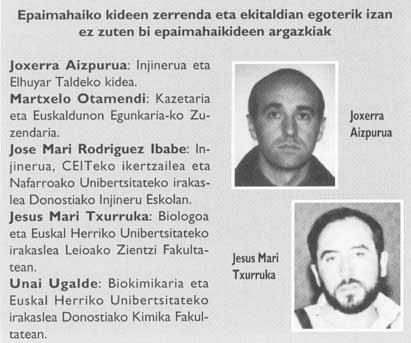
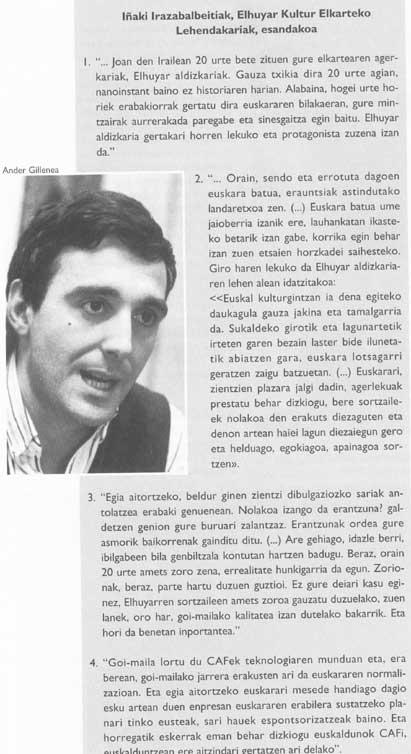
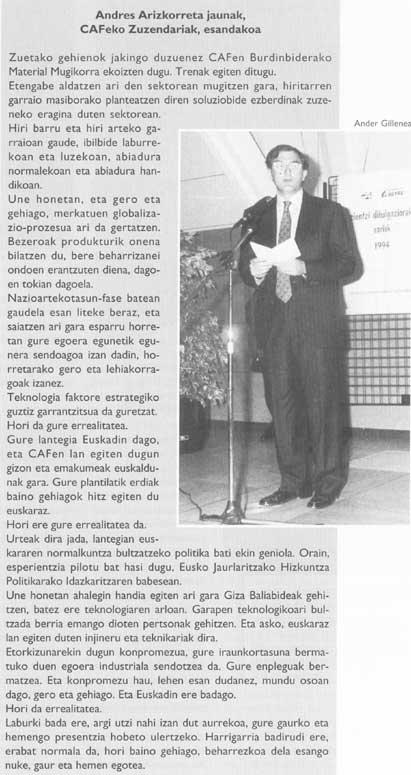

Gai honi buruzko eduki gehiago
Elhuyarrek garatutako teknologia




